The Walking Dead: Saints and Sinners will make you feel like John Wick in the world of The Walking Dead
Get your hands dirty and your heart racing in this immersive survival horror title

Don't let the initial tutorial of The Walking Dead: Saints and Sinners fool you. Sure, you'll get the hang of how to wield knives, access your items, and reload a weapon with the VR mechanics. You'll even get a chance to feel just how much force you'll need to stab a walker through the head (spoiler: a lot). But no amount of tutorial can prepare you for what happens once the bell tolls.
Skybound Entertainment and Skydance Interactive collaborated to make The Walking Dead: Saints and Sinners. The teams behind The Walking Dead comics (Skybound) and Archangel: Hellfire (Skydance) had a friendly relationship before the game, one that naturally led to its creation. "We're really big fans of what they've [Skybound] done on the narrative side, so it was kind of a match made in heaven," Guy Costantini, VP of global interactive marketing at Skydance tells me as I wipe the sweat from my forehead after my hands-on session with The Walking Dead: Saints and Sinners. I say session, but it could well be described as a personal hell, given the game's content.
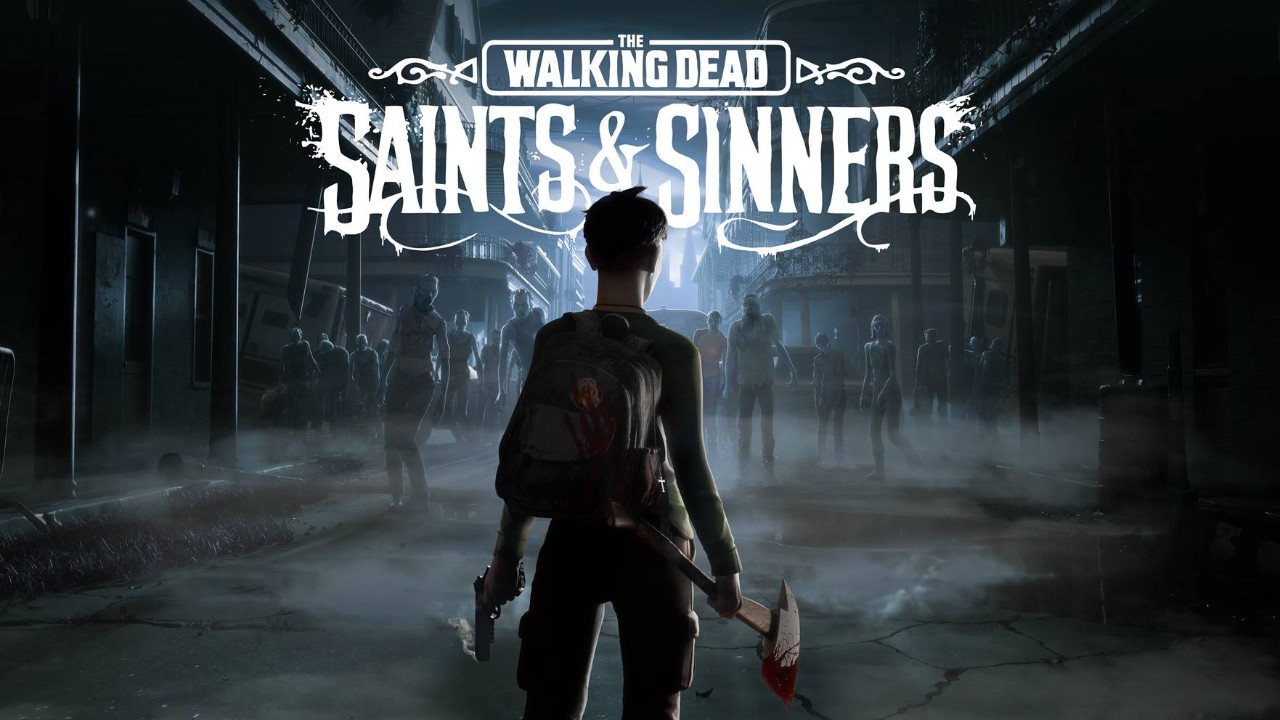
Game The Walking Dead: Saints and Sinners
Developer Skydance Interactive
Publisher Skybound Entertainment
Platforms TBC
Release January 23 2020
The Walking Dead: Saints and Sinners takes you into a post-apocalyptic New Orleans, where a flood has overtaken the low-lying city, leaving disparate archipelagos in its wake that you must traverse with a skiff. Check out our piece about the trailer here. You can choose to set off on a mission or become sidetracked by picking through ruins. You can also kill any NPC in the game, should you be so inclined. "It's been a real design challenge, but we made it work," creative director Adam Grantham tells me when I ask about shooting a particularly sour quest giver in the face. "Any human you run into in the entire game, you can kill if you've got a weapon on you."
The Walking Dead: Saints and Sinners asks: What kind of person would you become in the zombie apocalypse? And it'll let you answer that question with clenched fists.
The Walking Dead meets VR
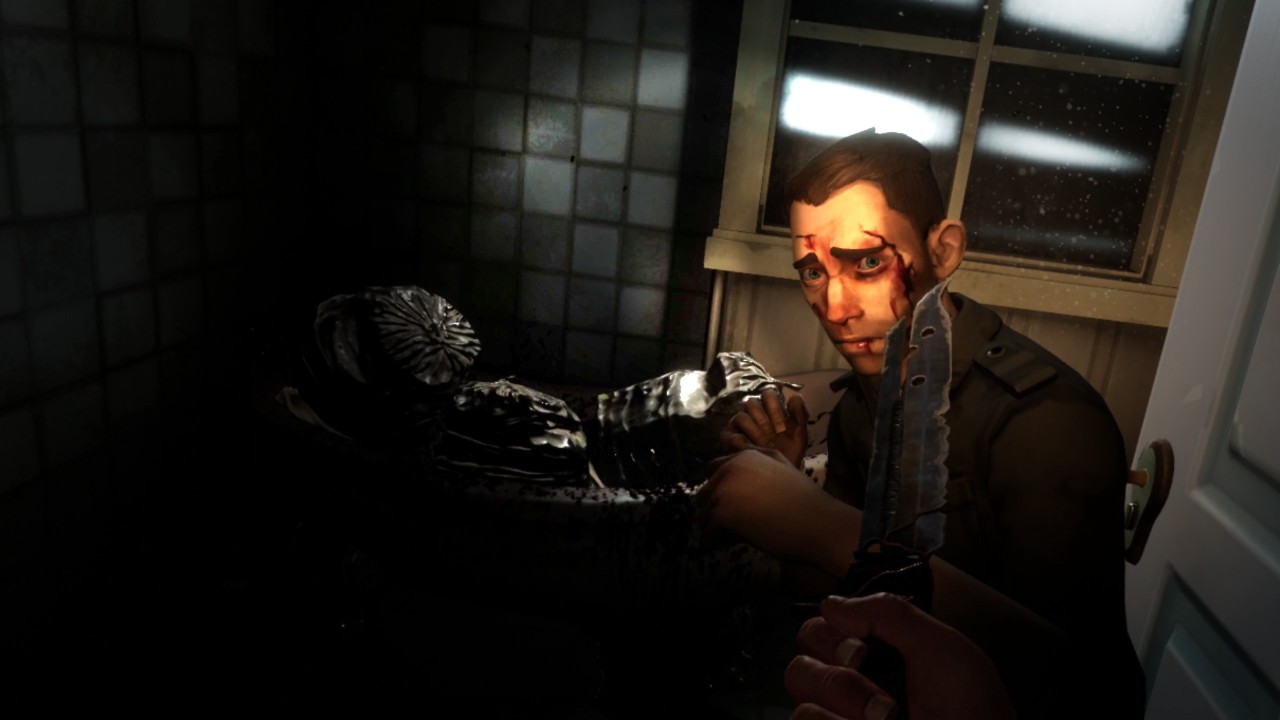
"A lot of what you see in VR is kind of an experience or a game that's got one polished mechanic, and you just re-use the mechanic, and that's the entire game," Grantham responds when I ask how this game differs from other VR titles. "We kind of wanted to level up VR in a way with something that is a full game, that has a huge world and all these different mechanics that play together… We wanted it to be at the forefront of 'here is a real game in VR, finally, for hardcore gamers.'"
And hardcore it is. In approximately 35 minutes of gameplay, I have to holster two weapons on my hip, reach for one behind my right shoulder, reach over my left shoulder to access my backpack's inventory, craft some food to guarantee other found food won't make me sick, grab my notebook from my right front pocket and access the tabs for quest information, grab my flashlight from my left front pocket and shake it to charge it up, swap my knife and gun between my hands because I accidentally holstered my pistol on my non-dominant side, change out a pistol's magazine mid-firefight, bandage up my wrist mid-firefight, climb on top of a car amongst a sea of walkers, shake off a walker attempting to bite my arm, stab a walker through the skull with a broken bottle, and decide whether or not a man deserves to die based on two different people's stories.
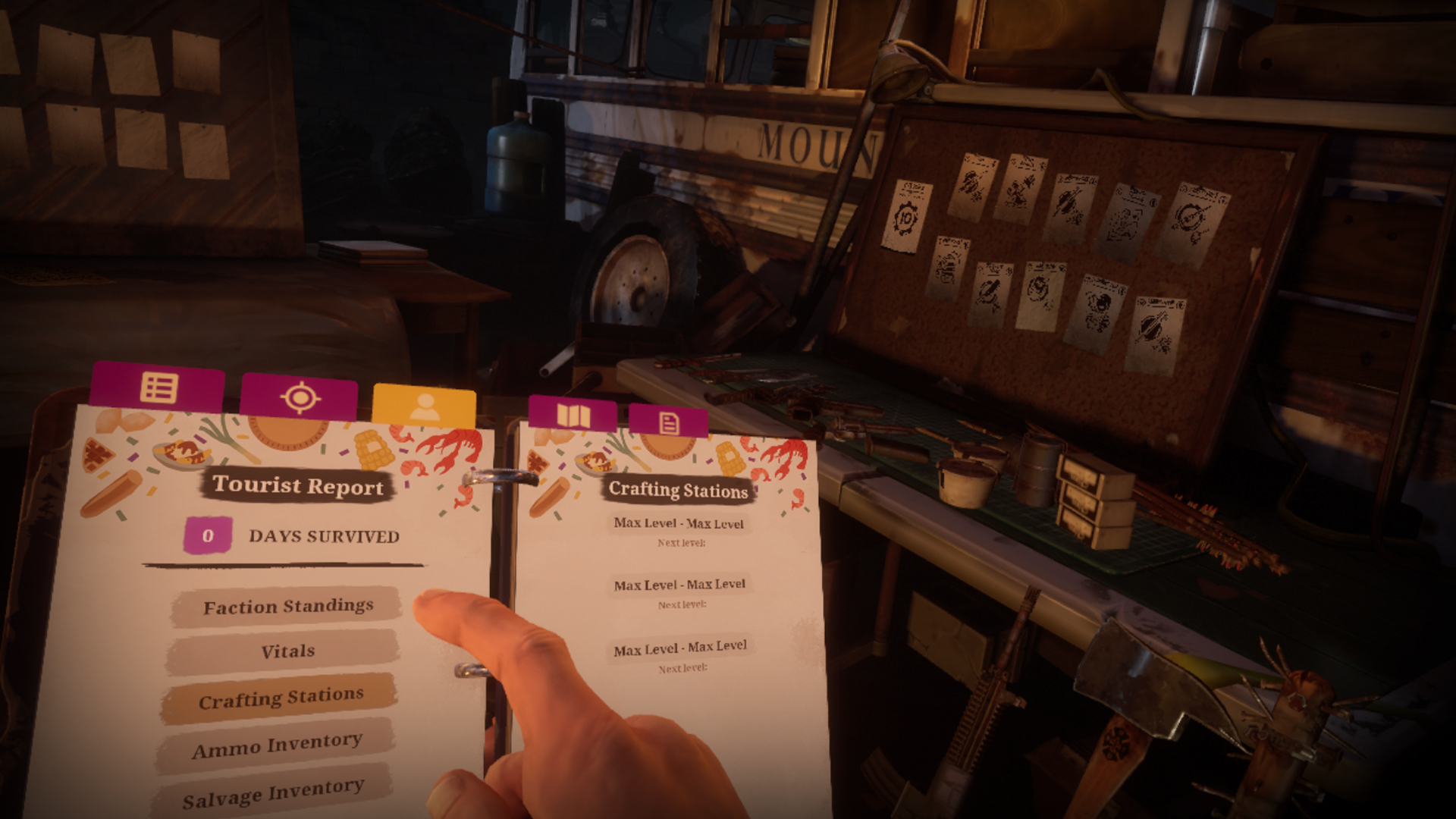
"VR and The Walking Dead, it's the perfect match, right?"
Adam Grantham, creative director
Needless to say, by the time I remove the headset and sit down to ask some questions, I'm sweating profusely. It's a lot to handle, but it's also great fun when you figure it out. Being able to break a whiskey bottle over a counter and stab it into a walker's head is strangely satisfying, but not nearly as satisfying as the first time I managed to eject and reload my pistol's magazine successfully.
Weekly digests, tales from the communities you love, and more
It's as close as I'll ever get to fighting in the zombie apocalypse (thank god, because I panicked as soon as I faced more than two walkers) and it's definitely got a special kind of appeal for The Walking Dead fans and hardcore gamers alike. It's also going to feel totally different for each person, not only because the game world changes every time you enter it, but because the way you choose to play the game dramatically affects the experience. "It's about playstyle of the person," Costantini says after pointing out that each of the dozen sessions they've had have gone wildly different. "This one guy was really into the bat, just wanted to kill everyone with a bat – I felt a little uncomfortable about it, but that's the way he played."
A match made in zombie hell
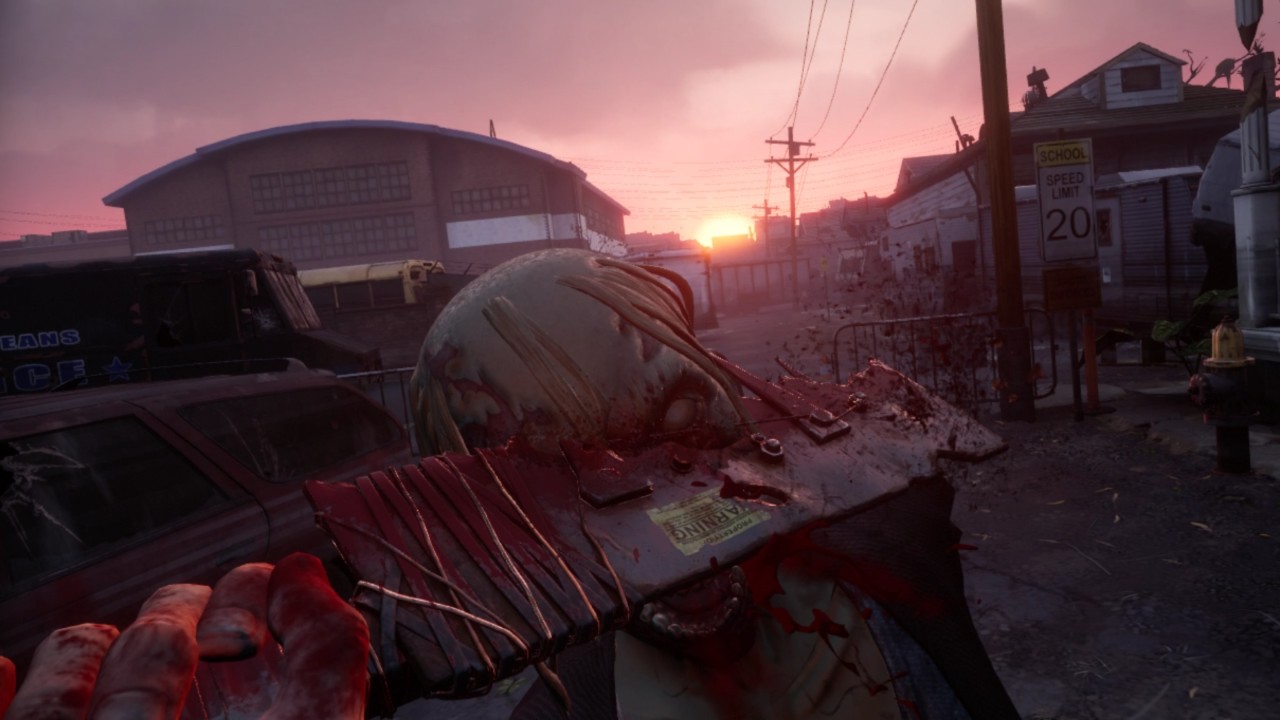
"VR and The Walking Dead, it's the perfect match, right?" Grantham asks me. "At the obvious level, there's the survival horror aspect that makes them an obvious match. Creeping through a house and you can barely hear the walker around the corner, but you hear noises that let you know it's in the next room… [that's] perfect for VR. But then also the big narrative moments – the walkers are just the weather in The Walking Dead; it's really about human choices. Those are really powerful in VR. You've got the gun up to a guy's head, and you move it, and he reacts as it gets closer. He's begging for his life, and it's just so much more intense in VR."
Turns out the baseball bat-wielding guy quickly learned that the world of The Walking Dead: Saints and Sinners is as unforgiving as the universe upon which it's based. He accidentally shot one of his allies during the preview, causing mayhem. "Everybody was shooting everybody and it was a clusterf*ck," Costantini laughs. "That's what happens in the world of The Walking Dead, you shoot someone's buddy, guess what, now you're the enemy."
There's also something to be said about how quickly you can get overwhelmed in this game. I remember watching the first season of The Walking Dead and having a fit of anxiety the first time a swarm of walkers closed in on Rick Grimes. Imagine that swarm closing in on you – it's claustrophobic and overwhelming, and it repeatedly pushes your internal panic button.
It's the reason I died during the demo – I was trying to avoid a sea of walkers set off by a bell controlled by a mysterious organization called The Tower who runs all of post-apocalyptic New Orleans. I tried to figure out a path to get back to my skiff, but as soon as I hit the street, I was swarmed by walkers and couldn't remember how to hop on top of a car. "I like the idea that you're planning out your mission, and then it all goes to shit. It happens a lot," Costantini laughs loudly, clearly referencing my car fiasco.
Choice, decision, consequence
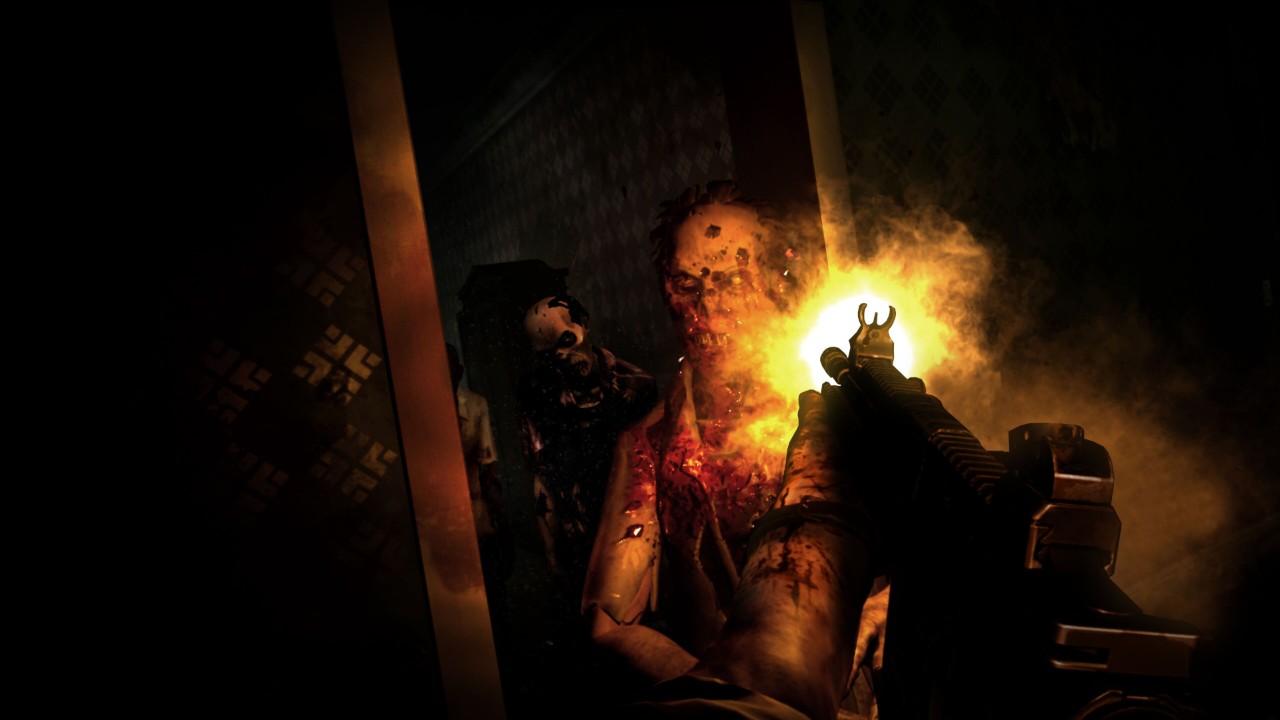
Your decisions will haunt you in The Walking Dead: Saints and Sinners. The first choice I made involved a guy who had allegedly killed a little girl. I was sent to rescue him, but as soon as I heard his captor's story about how he had killed his daughter I got angry, and stabbed the guy I was meant to rescue in the head. A few minutes later, I found a voice recording of his in which he was wracked with guilt over the girl's death and was determined to right his wrongs. Cue the inevitable gut punch.
"Early on working with Skybound, they talked to us about how The Walking Dead is about choice, decision, and consequence," Grantham says. "We talked about building a large game, where the player is very free, that really represented the choice, decision and consequence. As you saw, you could have shot the first guy who's giving you a quest, but you also saw that every time you killed a guy in that faction, it ticked up them disliking you, which would have consequences short term and long term. You're really, truly free to decide who you are in this. We don't tell you who you are as a character."
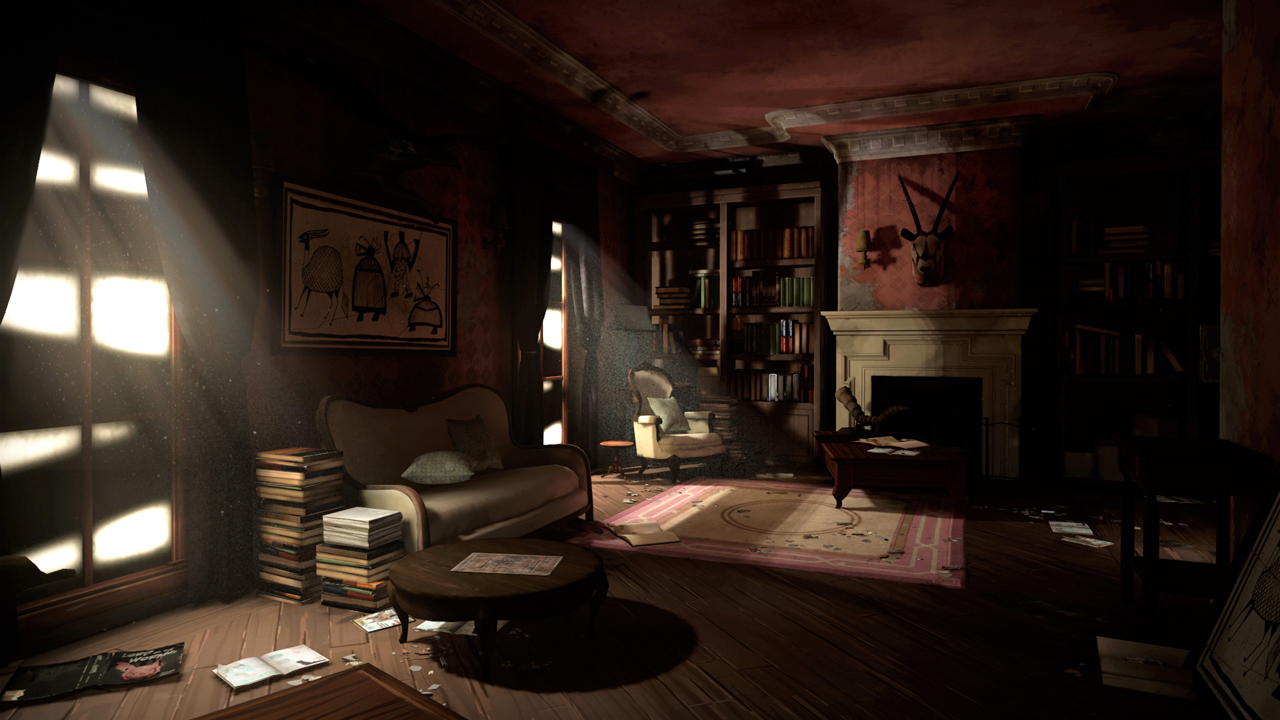
"You're really, truly free to decide who you are in this. We don't tell you who you are as a character"
Adam Grantham, creative director
Even the way you choose to kill has its consequences. I spared the first group I encountered, but if I hadn't, I'm told things would have played out very differently. "If you had gone up there and started a shootout, the noise of the shootout would have attracted walkers, and they would have come up there," Grantham points out. "And any guy who gets killed, if they don't get brained, can come back as a walker. So what feels just like a normal branching story at first can just start to unwind into the systems that are at play – you get this completely immersive personal player story that comes out of it."
The main storyline of The Walking Dead: Saints and Sinners has around 15 hours of gameplay, but the developers expect there to be a lot more for those who endeavor to search every nook and cranny. Plus the replay value seems fairly high, with different ending options and different paths available (in case you shot a potentially helpful NPC in the face during your first go). Either way, you decide whether or not you want to be a saint or a sinner in the undead, underwater New Orleans of The Walking Dead: Saints and Sinners. And your choices have never felt more real as a result.
For more, check out our full Walking Dead recap to catch you up in time for The Walking Dead season 10.
Alyssa Mercante is an editor and features writer at GamesRadar based out of Brooklyn, NY. Prior to entering the industry, she got her Masters's degree in Modern and Contemporary Literature at Newcastle University with a dissertation focusing on contemporary indie games. She spends most of her time playing competitive shooters and in-depth RPGs and was recently on a PAX Panel about the best bars in video games. In her spare time Alyssa rescues cats, practices her Italian, and plays soccer.



